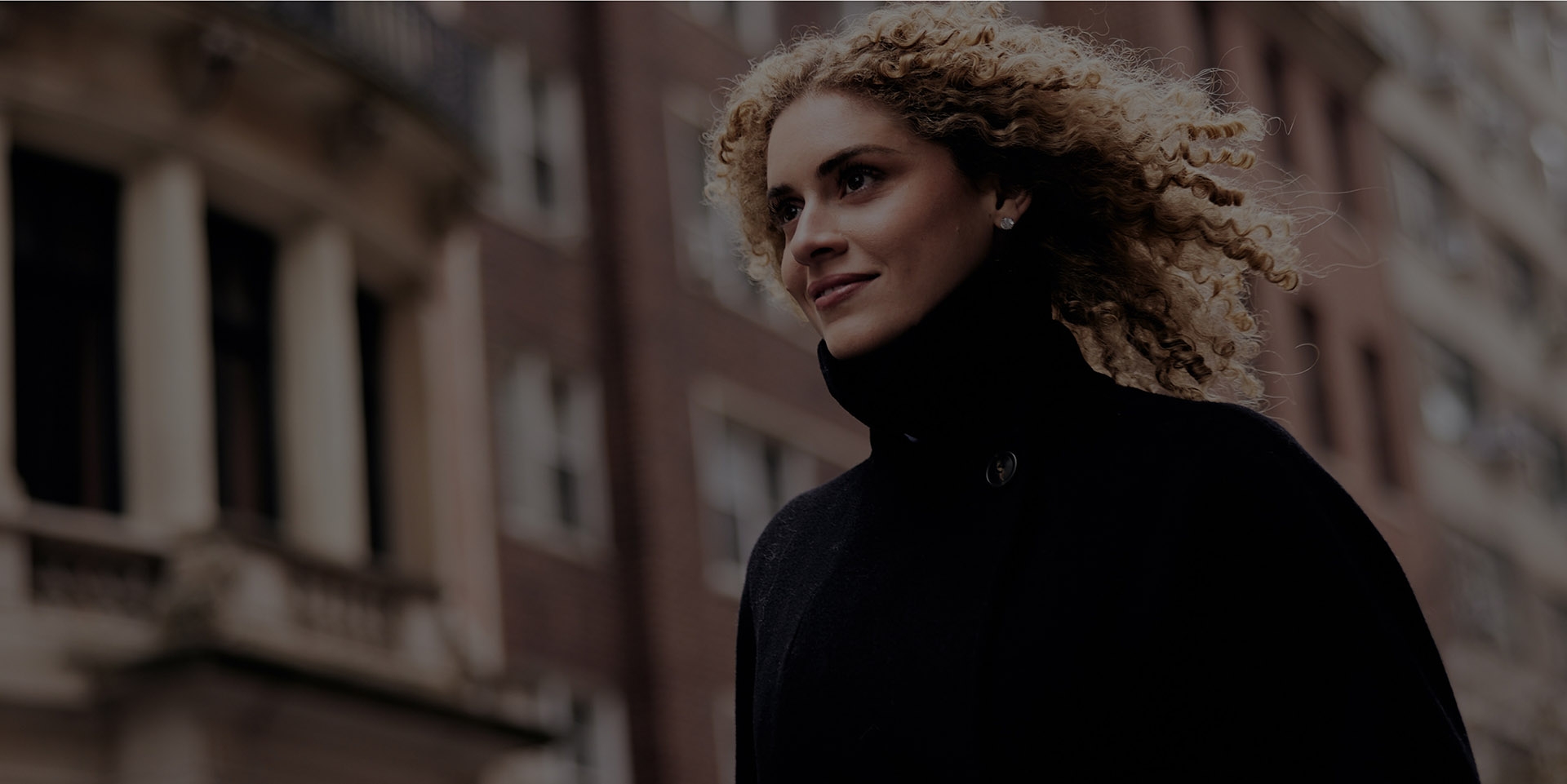Nose jobs, also known as rhinoplasties, are typically highly successful surgeries that improve the appearance and/or functionality of the nose. Common changes include removing a bump on the bridge, also known as a dorsal hump, narrowing and modifying the position of the nasal tip (usually lifting for a droopy tip), and straightening a crooked or deviated nose.
Profile changes are most accurately portrayed with preoperative imaging, while narrowing and straightening are harder to predict. While improvement in all areas is typical, the surgery may have limitations that can prevent complete correction in specific areas.
What Nose Jobs Often Cannot Fix Completely:
- Deviations cannot always be completely corrected due to the underlying asymmetry of the face and supportive structures surrounding the nose itself. Scar formation after surgery can also influence the result, as it tends to pull the nose towards its preoperative form. The nose can only be as straight as the face it sits on.
- Narrowing is sometimes more or less than desired. This is due to the settling of the cartilage, which is stronger in some patients than others, differences in skin thickness and degree of skin shrinkage, and scar formation after surgery. Grafts are often used in rhinoplasty to control the cartilage position and increase the predictability of the frontal contour changes.
- Tip position can also be variable, as a result of the same issues that influence narrowing. If tip position differs from the goal, it is more typical for a well-performed rhinoplasty to be slightly less lifted than desired.
- Thickness of nostrils can only be partially corrected. The majority of the nostrils are skin and fibrofatty tissue, which cannot be removed without causing significant scarring. Changes can only be made to the attachment areas to the face, which results in smaller nostrils, but not thinner ones. Botox and Fractora can be used to thin ‘chunky’ nostrils later on if necessary.
In general, a rhinoplasty can correct central structures better than ones off towards the side of the nose. As you travel away from the midline, you begin to encounter support structures and the influence of the surrounding facial anatomy. You cannot remove these tissues, as they are supportive in nature, and there is a limit to what you do before support begins to be compromised.
The takeaways are simple: Bridge height, narrowing, and changes to tip position are all typically corrected very well in rhinoplasty. Complete correction of deviation, nostril thickness, and specific degrees of narrowing cannot always be fully corrected even with a well-performed nose job.
Schedule Your Consultation With Dr. Westreich Today
If you're considering rhinoplasty, we invite you to take the next step with Dr. Richard Westreich. With a focus on natural-looking results and personalized care, Dr. Westreich offers the expertise and artistry to help you achieve balanced, refined facial harmony. Contact us today to start your journey toward a more confident and refreshed appearance.

